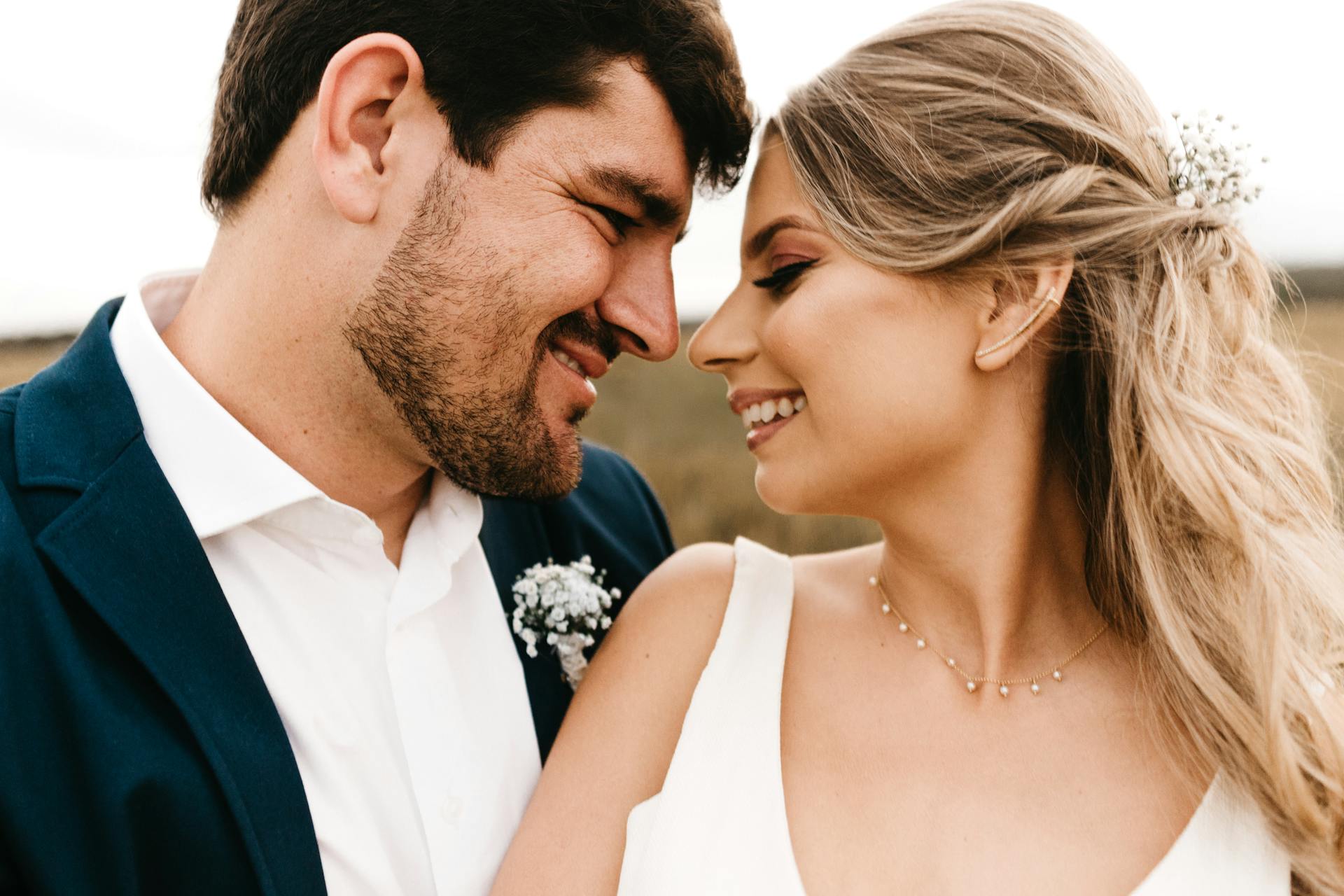

Estimated Reading Time:
(8 minutes)
If you’ve ever been stuck between your mom quoting Miss Manners and your cousin reminding you “it’s 2025,” you’re not alone. The question of who pays for what in a wedding has become one of the most nuanced—and frankly, loaded—topics in modern planning.
For decades, tradition dictated a very specific breakdown: the bride’s family paid for nearly everything, while the groom’s family covered a few key items (usually related to the rehearsal dinner or the honeymoon). But that model was built on a completely different time—when couples got married at 21, lived with their parents, and hadn’t yet started earning their own income.
Today? Couples are older. More independent. Blended families are common. And weddings are often paid for by some mix of parents, grandparents, step-parents, and the couple themselves. So how do you navigate it?
Let’s walk through what tradition says, what’s happening in reality, and how you can handle this conversation with grace—no matter who’s footing the bill.
In the “classic” model, here’s how the wedding costs were traditionally divided:
Bride’s Family Pays For:
The wedding ceremony (venue, officiant, decor)
Reception (venue, food, drinks, entertainment, rentals, etc.)
Bride’s dress and accessories
Floral arrangements for ceremony and reception
Photography and videography
Wedding planner or coordinator
Invitations, save-the-dates, and programs
Transportation for the bridal party
Guest accommodations (sometimes, for out-of-town guests)
Groom’s Family Pays For:
The rehearsal dinner
The marriage license and officiant’s fee
The groom’s attire
The bride’s bouquet and boutonnieres for groomsmen
The honeymoon
The Groom Pays For (personally):
The engagement ring
The bride’s wedding band
Gifts for groomsmen and his bride
Sometimes the officiant (if a personal friend or clergy)
The Bride Pays For (personally):
The groom’s wedding band
Gifts for bridesmaids and her groom
These categories come from Western etiquette books written long before Pinterest and $300-a-plate catering. And while they still inform certain family expectations, they rarely reflect what happens in practice.
The modern reality is more fluid, and I can tell you this from firsthand experience planning weddings across budgets, cultures, and family dynamics:
Most weddings today are funded through a combination of sources.
It’s common for the couple to pay for a portion themselves, even when families are contributing.
Parents may offer to pay for specific elements.
For example, one parent might say, “I’d love to cover the photographer,” or “We’ll host the rehearsal dinner,” rather than offering a lump sum.
In many families, it’s a matter of what’s possible—not what’s traditional.
Some parents want to contribute but can’t afford much. Others may have the means but prefer to give the couple a gift after the wedding (like a down payment on a home) instead of paying for vendors.
Blended families bring new dynamics.
A bride may have divorced parents, each offering different support levels. Or a step-parent may want to contribute while keeping the peace. These situations are delicate—and absolutely common.
Couples marrying later in life often self-fund.
Especially when the couple is established in their careers, they may prefer to control the guest list, the tone, and the budget without outside financial input.
Bottom line: the “rules” have evolved. Your wedding budget can be as traditional or non-traditional as your family dynamic requires.
There’s no formula that fits every couple, but here’s what I recommend after 20 years in this industry:
Start with an honest budget conversation—just the two of you.
Know what you can personally contribute, and what you’re comfortable asking for (or not asking for) from others.
Ask family members if they’re interested in contributing.
Don’t assume. Frame it as a question, not an expectation. “We’re putting together the budget and wanted to see if you might be open to helping with a specific element or part of the day.”
If they offer, get clarity early.
Are they giving you a set amount to use as you wish, or do they want to fund a specific vendor? Are there conditions (e.g., they expect to invite a certain number of guests)? Having this all out in the open avoids future awkwardness.
Assign categories based on logic and comfort.
For example, if the groom’s family wants to handle the bar tab, great. If your parents want to pay for the dress and florals, lovely. Break the categories down in a way that fits your team—not tradition.
There’s nothing wrong with honoring tradition—as long as it serves you. But don’t twist yourself into knots trying to fit into a framework that doesn’t match your life or your loved ones’ reality.
Talk openly. Give people space to say yes—or no—without guilt. And once you know who’s helping and how, plan the rest from a place of gratitude and clarity.
The goal isn’t to follow an outdated chart—it’s to build a celebration that feels true to you. And whether it’s paid for by the bride’s parents, the groom’s uncle, or the two of you over time, what matters most is that it’s a day filled with intention—not tension.
– Bailey J.